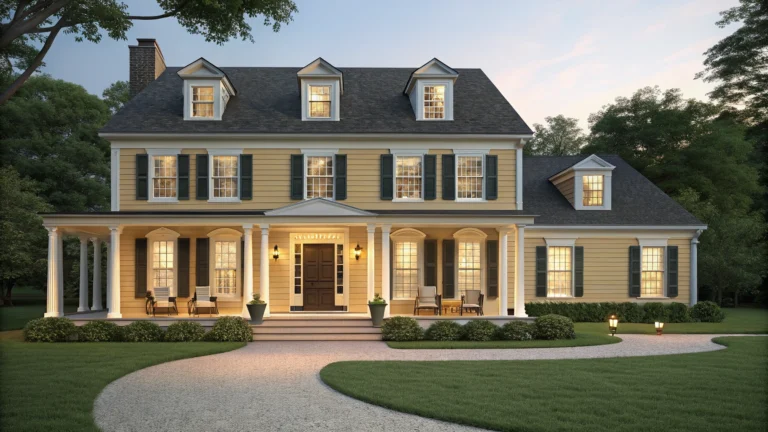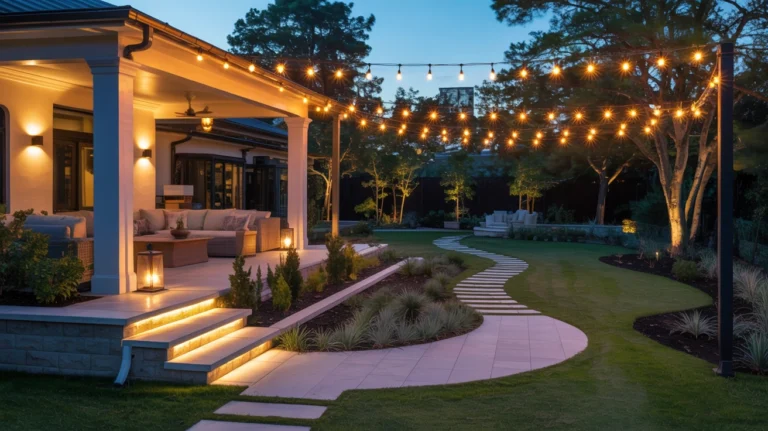Top 10 Earth Tone Colors for Stunning Exteriors
When it comes to curb appeal, few palettes feel as timeless and welcoming as earth tones. These shades—drawn from nature—bring warmth, balance, and sophistication to your home’s exterior. Whether you want a cozy rustic vibe, a modern organic feel, or classic charm, earth tones work across architectural styles.
From sandy beige to deep olive, these colors connect your home with the landscape around it. They also tend to age gracefully, unlike trendy hues that fade with time.
Below, you’ll find 10 stunning earth tone colors for exteriors, plus design tips on how to use them for maximum impact.
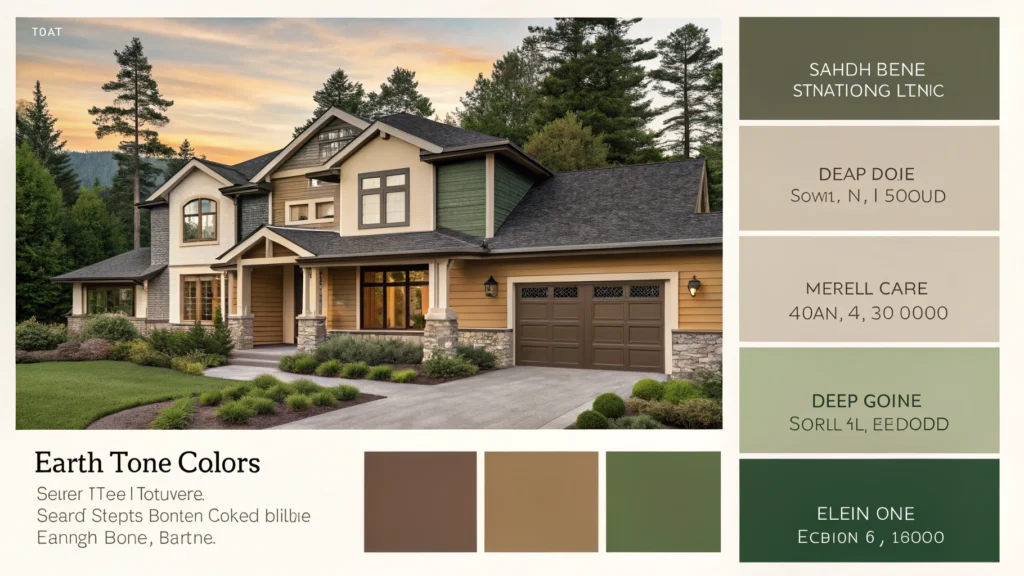
1. Warm Sand Beige
Beige is a classic, but when you choose the right shade, it feels far from boring. Warm sand tones mimic sunlit stone or desert landscapes.
- Why it works: It pairs beautifully with darker trim and natural materials like wood or stone.
- Best pairings: White trim for a crisp finish, or espresso brown for contrast.
- Style tip: Use it on siding with cedar shutters for a coastal, breezy look.

2. Soft Taupe
Taupe sits between gray and brown, making it one of the most versatile earth tones. It feels refined yet grounded.
- Why it works: It softens modern lines while keeping a timeless vibe.
- Best pairings: Black windows for a modern edge, or creamy trim for warmth.
- Style tip: Great for transitional homes that blend traditional and contemporary elements.

3. Olive Green
Few shades are as rooted in nature as olive. It creates a calm, earthy backdrop that complements gardens, trees, and stonework.
- Why it works: It blends with the landscape while still standing out.
- Best pairings: Bronze or copper accents, terracotta pots, and natural wood.
- Style tip: Try olive siding with a black roof for a modern farmhouse vibe.
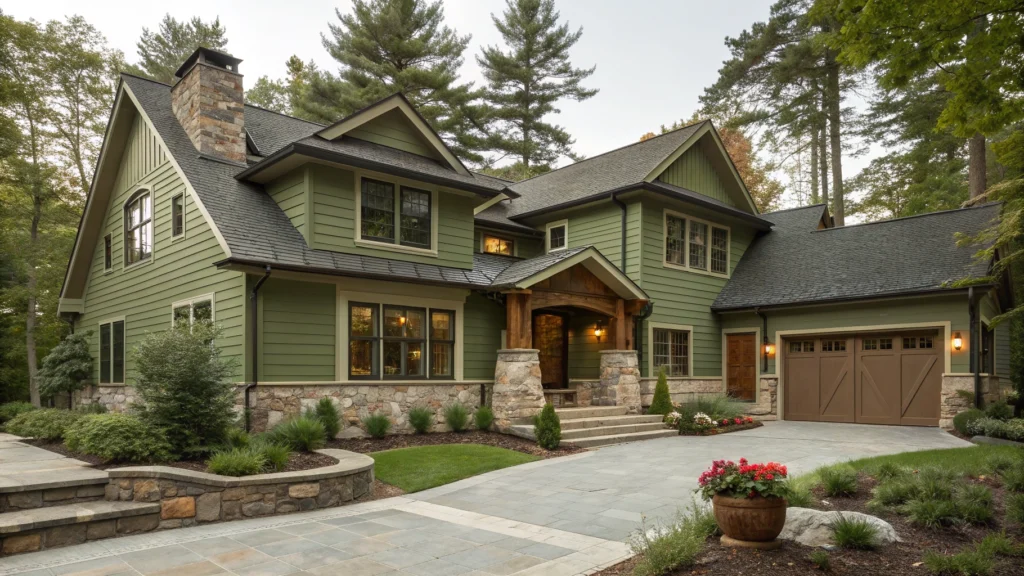
4. Rich Terracotta
Terracotta brings instant warmth and Mediterranean charm. It’s bold but approachable, and it shines in warm, sunny climates.
- Why it works: Its burnt orange undertones evoke clay and earth.
- Best pairings: Creamy white trim, wrought-iron railings, and rustic wood beams.
- Style tip: Works beautifully for stucco homes or brick exteriors.

5. Slate Gray
Slate gray captures the depth of stone and works across both modern and traditional architecture.
- Why it works: It’s sophisticated without feeling too cold.
- Best pairings: Crisp white trim for colonial charm, or black details for sleek modern appeal.
- Style tip: Perfect for homes in wooded or mountainous areas.
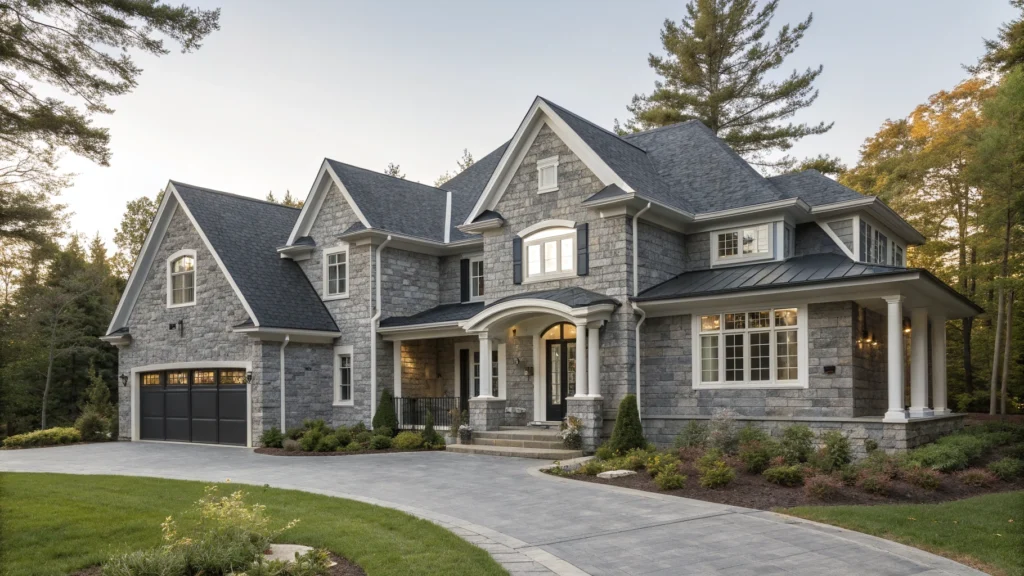
6. Clay Brown
Clay tones are earthy and grounding, giving exteriors a natural, rustic appeal.
- Why it works: It creates depth without overpowering.
- Best pairings: Warm copper or brass fixtures, muted green landscaping, and natural stone.
- Style tip: Use as a base color with lighter trim for balance.

7. Deep Charcoal
Charcoal is bold, modern, and elegant. It draws inspiration from rich stone and earth shadows.
- Why it works: It highlights architectural details while creating contrast with greenery.
- Best pairings: Light wood accents, white trim, and matte black fixtures.
- Style tip: Excellent for contemporary homes with clean lines.

8. Golden Ochre
Ochre is earthy yet radiant, capturing the warmth of sunlit fields or autumn leaves.
- Why it works: It brings cheerful energy without being overwhelming.
- Best pairings: White trim for balance, green shutters for depth.
- Style tip: Great for farmhouses and bungalows looking for vintage charm.

9. Mocha Brown
Mocha strikes a balance between richness and subtlety. It’s cozy, inviting, and timeless.
- Why it works: It adds depth while staying approachable.
- Best pairings: Cream siding, stone accents, and black hardware.
- Style tip: Use on doors and shutters if you want just a touch of earth tone.

10. Desert Rose
This muted, earthy pink has been making waves in design circles. It’s understated but fresh, perfect for homeowners seeking something unique.
- Why it works: It feels natural while adding a soft, romantic vibe.
- Best pairings: Beige or cream siding, copper accents, and natural wood.
- Style tip: Works beautifully in desert or coastal settings.
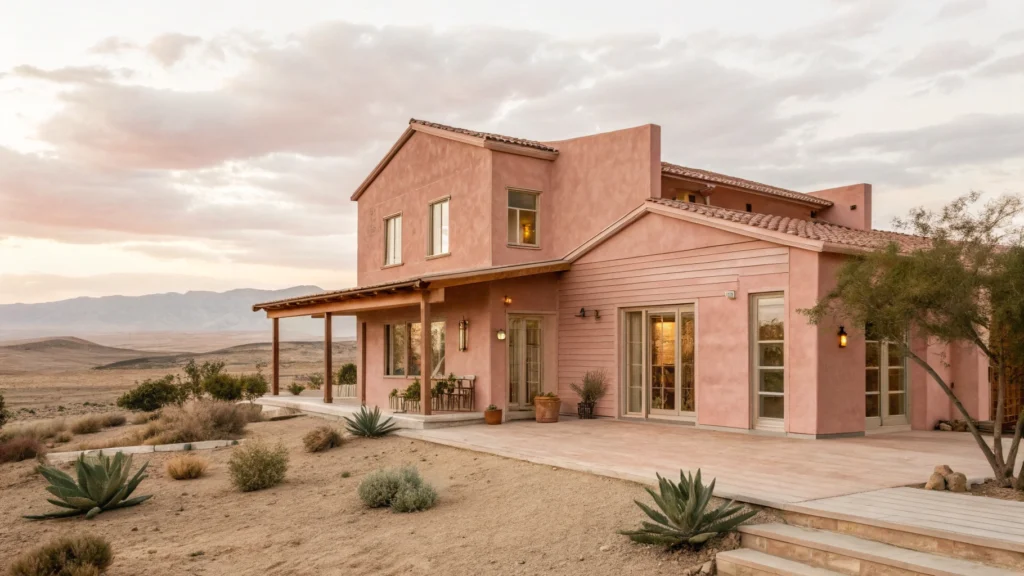
How to Pick the Right Earth Tone for Your Home
Not every earth tone works for every style or setting. Here’s a quick guide:
| Home Style | Recommended Colors | Why It Works |
|---|---|---|
| Colonial or Traditional | Slate Gray, Mocha Brown | Timeless, elegant |
| Modern Farmhouse | Olive Green, Charcoal | Fresh, grounded |
| Mediterranean | Terracotta, Ochre | Warm, rustic charm |
| Craftsman | Clay Brown, Olive Green | Natural, handcrafted feel |
| Desert/Coastal | Warm Beige, Desert Rose | Light, airy, welcoming |
Final Thoughts Stunning Exteriors
Earth tone colors have staying power because they’re rooted in nature. They help homes feel connected to the land and neighborhood, while also creating curb appeal that never fades.
If you want a bold yet timeless update, try painting your exterior in olive green or charcoal. For something softer, taupe, beige, or desert rose may be perfect.
The takeaway: Earth tones are anything but boring. They’re warm, inviting, and adaptable. Start small with your front door or shutters, or go all in with siding. Either way, you’ll create a home exterior that feels stunning, grounded, and unforgettable.


